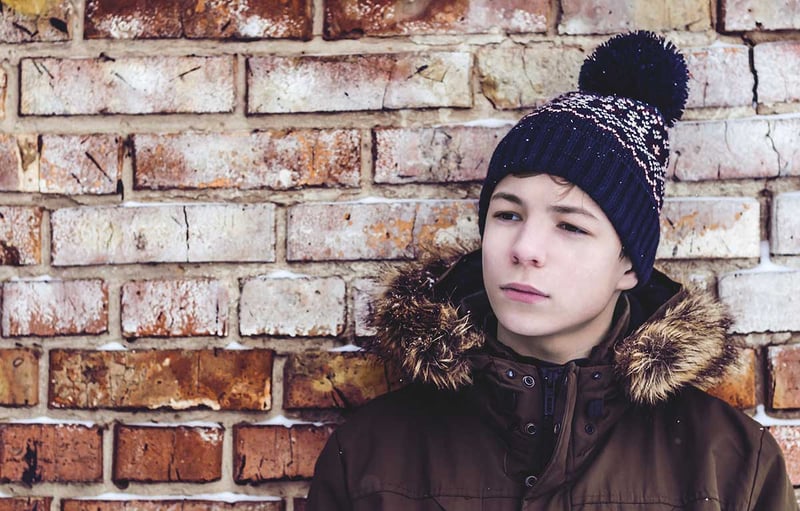Seasonal Affective Disorder in Teens

People experience shifts in their biological clock every year as winter begins. At this time, daylight savings brings shorter days and a significant change in the amount of sunlight people experience. These shifts can cause depression and fatigue that might seem like the winter blues, but, in fact, it a condition called Seasonal Affective Disorder or SAD. The disorder is partly due to a malfunctioning biological clock, which is caused by an imbalance in melatonin production. Melatonin is the naturally occurring hormone that tells the brain when it is time to go to sleep. Around the time the sun starts to set, the brain begins to shut down, and so does the body. Perhaps you're a teenager who thrives most of the school year, and then when the winter hits, all of a sudden, your mood switches. Now, you struggle to get through your assigned reading and find that you have to work harder to apply yourself to your schoolwork. Soon you can't concentrate in class, and after school, all you want to do is sleep. This struggle is genuine, and it can affect grades, relationships, and health. At Stonewater Adolescent Recovery Center,
depression treatment programs help your adolescent manage SAD and the symptoms associated with the disorder. To learn more about the treatment options available, reach out to our adolescent recovery center today at
662.373.2828.
What is Seasonal Affective Disorder?
SAD is a form of depression that appears at the same time each year. It affects any age group, and teenagers are no exception. The symptoms are typically depression and unexplained fatigue as the days get shorter in the winter, and daylight is scarce. Relief from SAD comes when spring returns and days become longer again, with people returning to their usual mood and energy level. The depression caused by SAD is triggered by the brain's response to decreased daylight exposure. Two chemicals, melatonin and serotonin, help regulate a person's sleep-wake cycles, energy, and mood. Shorter days and longer hours of darkness in fall and winter can cause increased levels of melatonin and decreased levels of serotonin, creating the biological conditions for depression. The body produces higher melatonin levels when it's dark or when days are shorter, which can cause a person to feel sleepy and lethargic. When it comes to serotonin levels, the opposite is true. With this chemical, production goes up when a person receives sunlight and goes down in the winter when sunlight is lacking. Lower serotonin levels are associated with depression, as opposed to increased levels of serotonin, which help to combat depression.Symptoms of SAD in Teens
SAD symptoms will affect how you normally feel and act, and the changes will happen in a predictable seasonal pattern. Similar to the symptoms of depression, a teen with SAD may display the following:- Changes in mood, such as being sad and irritable
- Lack of enjoyment, meaning a lost interest and confidence in things
- Low energy, when you feel tired and have unexplained fatigue
- Changes in sleep such as excessive sleeping and oversleeping
- Changes in eating, meaning experiencing cravings for comfort food, overeating, and weight gain
- Difficulty concentrating, leading to less motivation and low grades in school
- Less time socializing, which can mean a lack of participation in events and extracurricular activities
How to Deal With SAD
When a teen first develops symptoms of SAD, it can be confusing and frustrating for both you and your family and friends. Adults may think you are merely slacking off or being lazy. If you are experiencing symptoms of SAD, you need to talk to a parent, guidance counselor, or other trusted adult about what you are feeling. In addition, there are a few things that can help a teen suffering from SAD and your parents, such as:- Following a doctor's recommendations for treatment
- Learning more about SAD so you can explain the condition to others
- Getting plenty of exercise, especially outdoors
- Spending time with friends and loved ones who understand SAD
- Being patient
- Asking for help with schoolwork
- Eating right
- Developing a sleep routine

.jpg)

